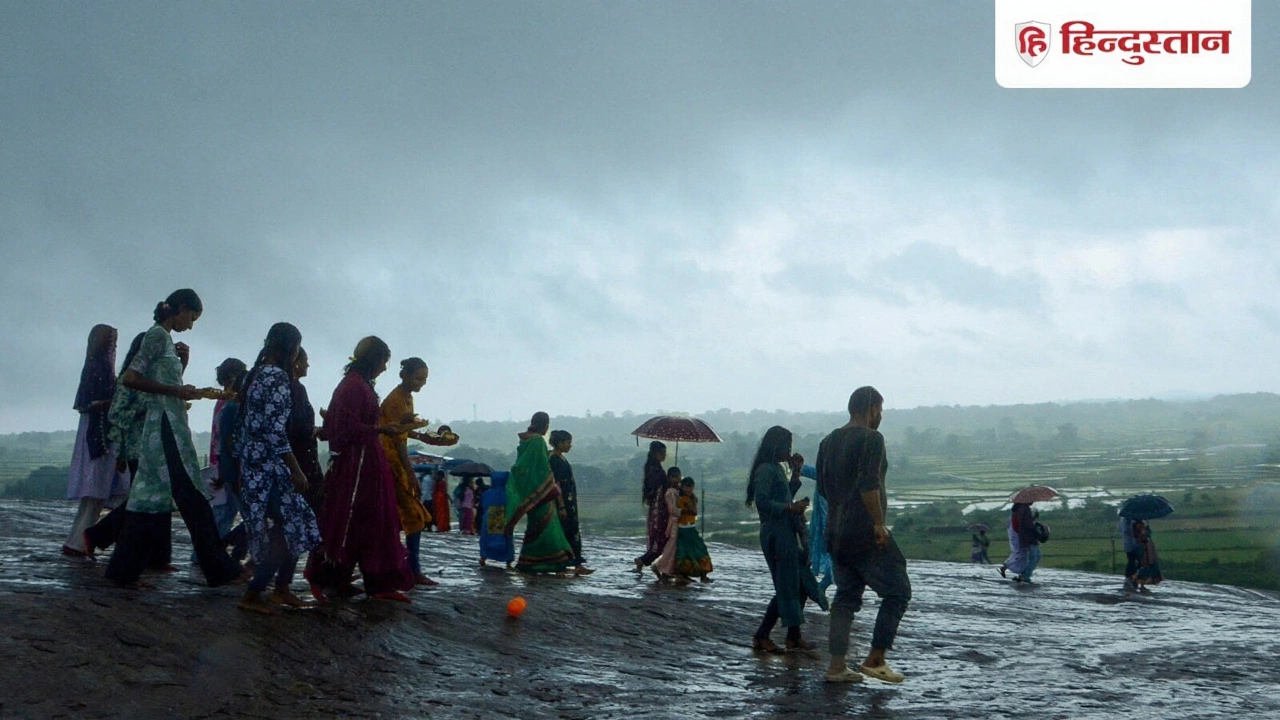
IMD issued a Yellow Alert for heavy rain across 11 districts in Jharkhand, including Ranchi and Khuanti, as a low‑pressure system threatens flash floods.
When you hear Indian Meteorological Department, the government agency that monitors atmospheric conditions, issues forecasts, and studies climate patterns across the subcontinent. Also known as IMD, it plays a crucial role in protecting lives and livelihoods through accurate weather information, you’re actually talking about a network of scientists, observatories and satellite stations that keep India’s weather pulse beating. The department’s core function is weather forecasting, providing short‑term predictions for temperature, rainfall, and storms. It also leads monsoon predictions, seasonal outlooks that affect agriculture, water resources and the nation’s economy. Its work in climate research, long‑term studies of temperature trends, greenhouse‑gas impacts and extreme‑event frequencies informs policy makers and planners. And its coordination with disaster management, early‑warning systems for cyclones, floods, heatwaves and landslides saves lives and reduces economic loss. In short, the Indian Meteorological Department encompasses weather forecasting, requires sophisticated satellite data, and influences agriculture, infrastructure and public safety—all of which shape daily decisions for millions of Indians.
Here’s why the Indian Meteorological Department matters to anyone living in India: its monsoon predictions dictate planting schedules for farmers, its cyclone alerts guide evacuations along the coast, and its heat‑wave warnings help schools and workplaces plan safety measures. The agency constantly updates its models using data from over a hundred surface stations, coastal radars and a fleet of weather‑satellite platforms. This blend of technology and ground observation means the IMD can issue timely warnings that allow governments, NGOs and private companies to respond quickly. Whether you’re checking the daily temperature before heading out, planning a weekend trip, or an investor gauging crop yields, the department’s insights are the backbone of those decisions. Below you’ll find a range of articles that dive deeper into specific forecasts, recent climate studies, and case studies of disaster response—all curated to give you a practical look at how the Indian Meteorological Department’s work touches everyday life.

IMD issued a Yellow Alert for heavy rain across 11 districts in Jharkhand, including Ranchi and Khuanti, as a low‑pressure system threatens flash floods.